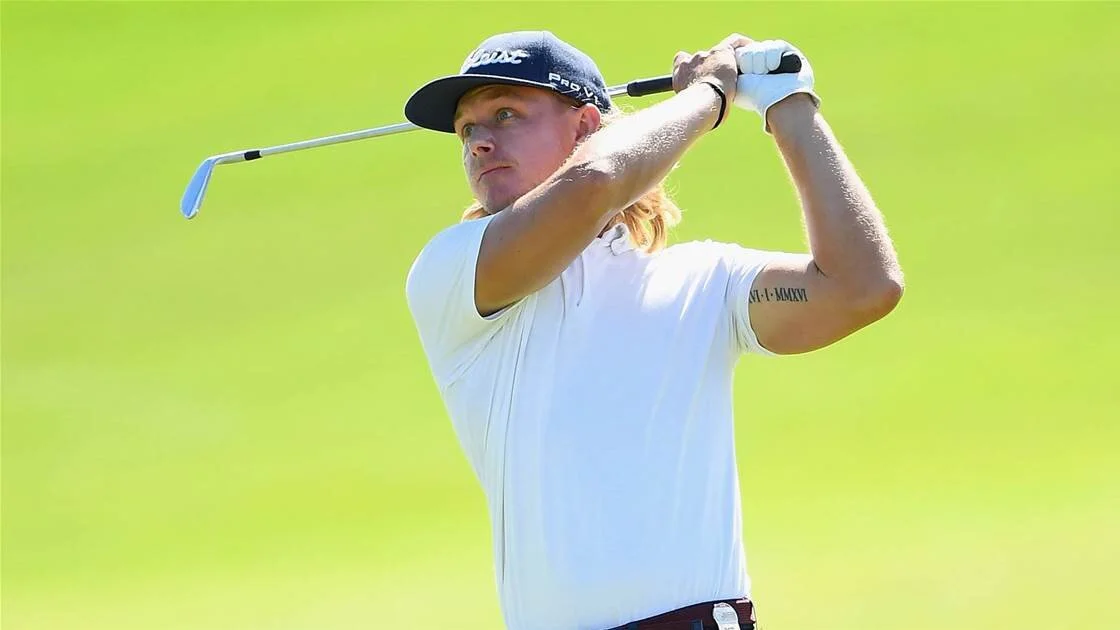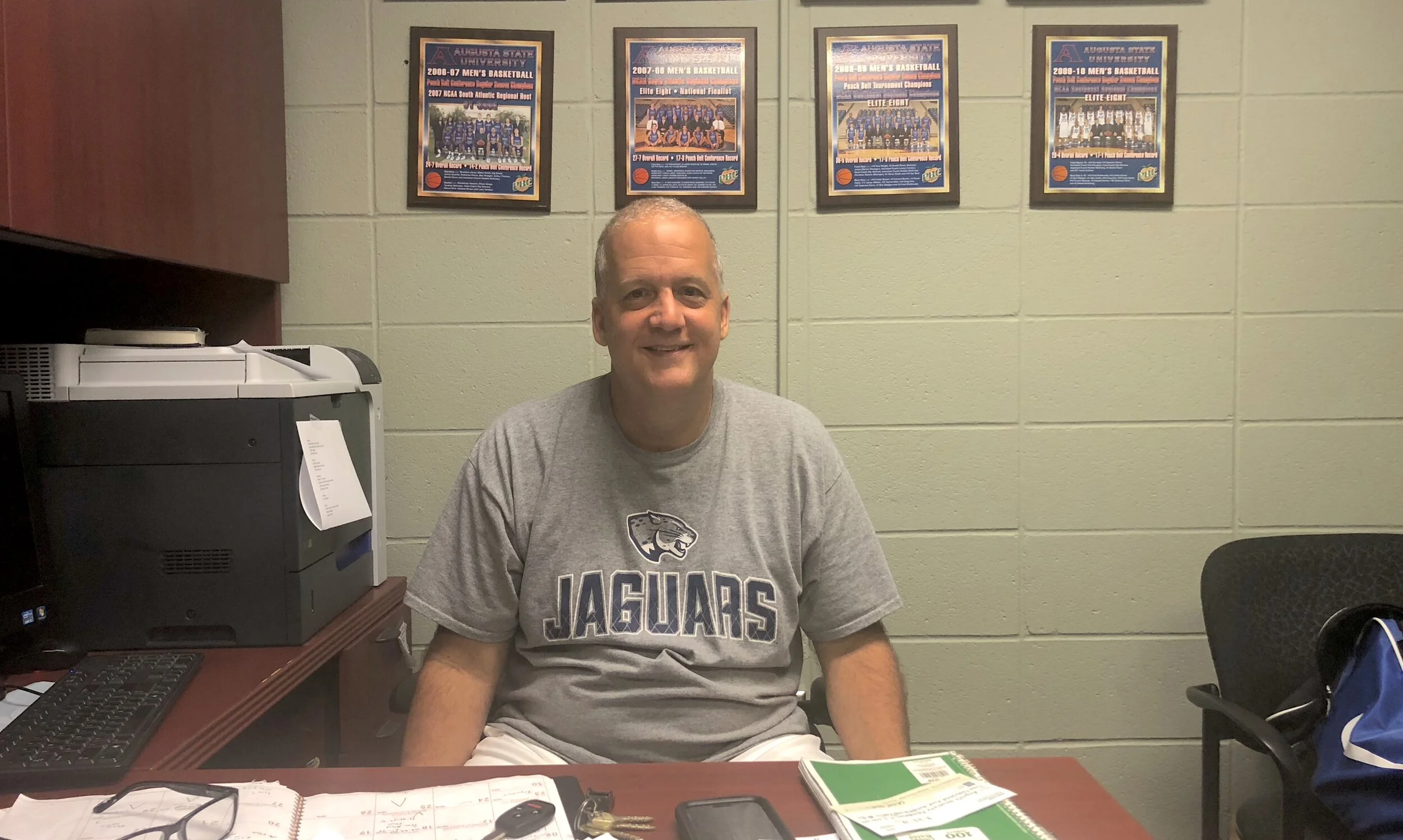No longer centers of attention: Basketball big men now more likely to play on the perimeter
By Jack Johnson | Sports writer
When thinking about the greatest big men from previous eras of basketball, several names come to mind, such as Bill Russell and Wilt Chamberlin of the 1960s, Kareem Abdul-Jabbar and Bill Walton of the 1970s, Patrick Ewing of the 1980s and Hakeem Olajuwon of the 1990s.
In today’s basketball, the consensus top big men in the National Basketball Association are usually Joel Embiid, Nikola Jokic, Anthony Davis and Karl-Anthony Towns. The evolution of the game has caused vast differences between playing styles of the past and present, and this is most easily seen in how power forwards and centers play the game today as opposed to in the previous century.
For the first major portion of basketball’s popularity, a dominant center or power forward had appeared on nearly every championship winning team. The game was played much more physically, allowing seven-foot freaks of nature such as Chamberlin, who still has the single-game scoring record, and Abdul-Jabbar, the all-team leading scorer in NBA history, to dominate the game from the low post with incredible feats of strength and athleticism, but also in Kareem’s case a very finely honed sky hook shot. These absurdly large players had three main jobs on the court: scoring from the low post, rebounding the ball effectively and playing physical defense. There were several names who I mentioned previously that excelled in all three of these jobs leading them to be in the conversation of greatest basketball players to ever live. It wasn’t until recently that the requirements for being a great big man in the NBA have changed.
The inclusion of a three-point line in the NBA in 1979 shook the basketball world and remains one of the biggest changes to the game today. However, it wasn’t until the mid-2000s when we saw this change have a major effect on the way 7-footers played the game.
Dirk Nowitzki of the Dallas Mavericks revolutionized the way a big man can play the game during this time by being a lethal shooter from behind the arc and assaulting opposing defenses with a barrage of jump shots coming from all over the court. Seeing as how Dirk stood at 7-feet tall, it was nearly impossible to effectively contest these jump shots leading to him becoming one of the most dominant players of the 2000s and possibly of all time. The concept of a big man shooting three-point shots became incredibly popular with the majority of centers and power forwards being able to knock down a deep shot in today’s era.
Over the history of basketball, it is fair to say that the center position has evolved the most. Looking again at the dominant centers in today’s league, all four of the players I have previously mentioned are considered to be great shooters. The three jobs of a big man from previous eras have expanded vastly since the revolution of 7-foot-tall shooters. Looking at Anthony Davis, any spectator can see that Davis can score efficiently from the low post, rebound the ball consistently and play fantastic interior defense. However, what makes Davis one of the top big men in today’s game is his ability to create floor spacing by being able to play on the perimeter. Davis has an excellent jump shot, can handle the ball well, and can effectively guard any position on the floor while also being able to facilitate with an incredible passing skill.
Jokic, Embiid and Towns all posses similar qualities of Davis leading to their consistent dominance. This play style is seen all around the league as well with guys like Lauri Markkanen, Kristaps Porzingis and Kevin Love all being dangerous threats on the perimeter while still being able to rebound well and play excellent defense.
There are still remnants of the playstyle of previous big man in the league today which can be seen in players like Andre Drummond and Rudy Gobert. While Drummond and Gobert are incredibly gifted players who play crucial roles on their respective teams, they are not as versatile as guys like Jokic. Drummond and Gobert are dominant forces around the rim on both sides of the ball, but their lack of perimeter skill hinders what an offence can do. The league is clearly moving towards a type of position-less basketball in which all five players on the court have the skill to do nearly anything. It would be absurd to say that Drummond and Gobert are bad players as both have multiple all-star appearances and all NBA awards thus far into their careers, however, their playstyle as big men who are limited to the interior is slowly dying out in favor of centers who can space the floor and play on the perimeter.
Growing up I have always been a tall kid, so naturally when I was young, my coaches would stick me under the basket to grab rebounds and score easy layups using my height to my advantage. As I aged, I watched as 7-foot players like Dirk and Kevin Durant dominated the game with a combination of their height and guard-like skills.
It wasn’t until my freshman year of high school that I began to take basketball as a serious college opportunity. I was able to find a coach in my hometown of Jacksonville, Fla., who recognized my potential and began working with me. I would attend group workouts with 10-15 other guys who were all guards. Multiple times per week for roughly two hours at a time, I was practicing ball handling and shooting and soon noticed a massive jump in my game.
Toward the latter half of my high school career, I was one of the best players in my area. I stood at 6-foot-8 and had the ability to shoot from deep and put the ball on the floor while still using my height to my advantage to grab rebounds and block shots. Because of this, during my senior year of high school, I was able to average around 19 points, 10 rebounds and seven blocks per game.
This stat line opened the eyes of various club teams and college recruiters from across the south eastern part of the country, and my versatility on the court ultimately put me in the position that I am in today. If it weren’t for the way that basketball has evolved, I highly doubt that I would have the opportunity to play college basketball like I am today. As a big man myself, I lack the physical strength and athleticism—like my former teammate Rafael Monteiro displayed for two seasons at Augusta University (see No. 22 above in photograph)—necessary for someone to be dominant at my position in years prior.
Because playing on the perimeter as a big man is common in today’s game, I’m able to play basketball at a very high level. I owe a lot to this change in the way big people are seen in basketball now, although we are very lucky at AU to have a classic big man in Tyshaun Crawford, who spends most of his time in the low post and rarely looks to shoot from outside.
Let’s see who wins the NBA this season. Odds-on favorites are Brooklyn, Durant’s team, or Utah, Gobert’s team. You won’t see either one posting up on every play like Wilt or Kareem did.
Contact Jack Johnson at JACJOHNSON@augusta.edu.



